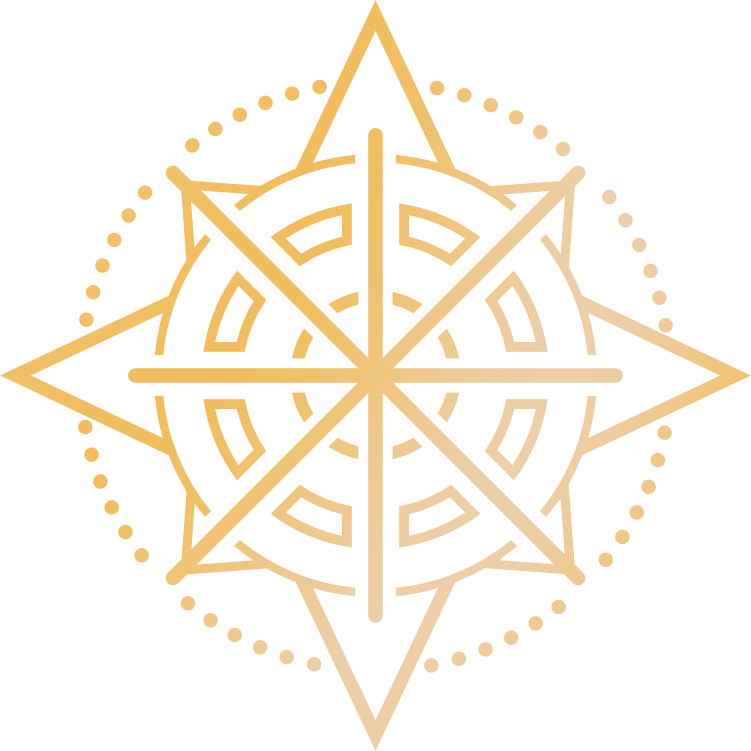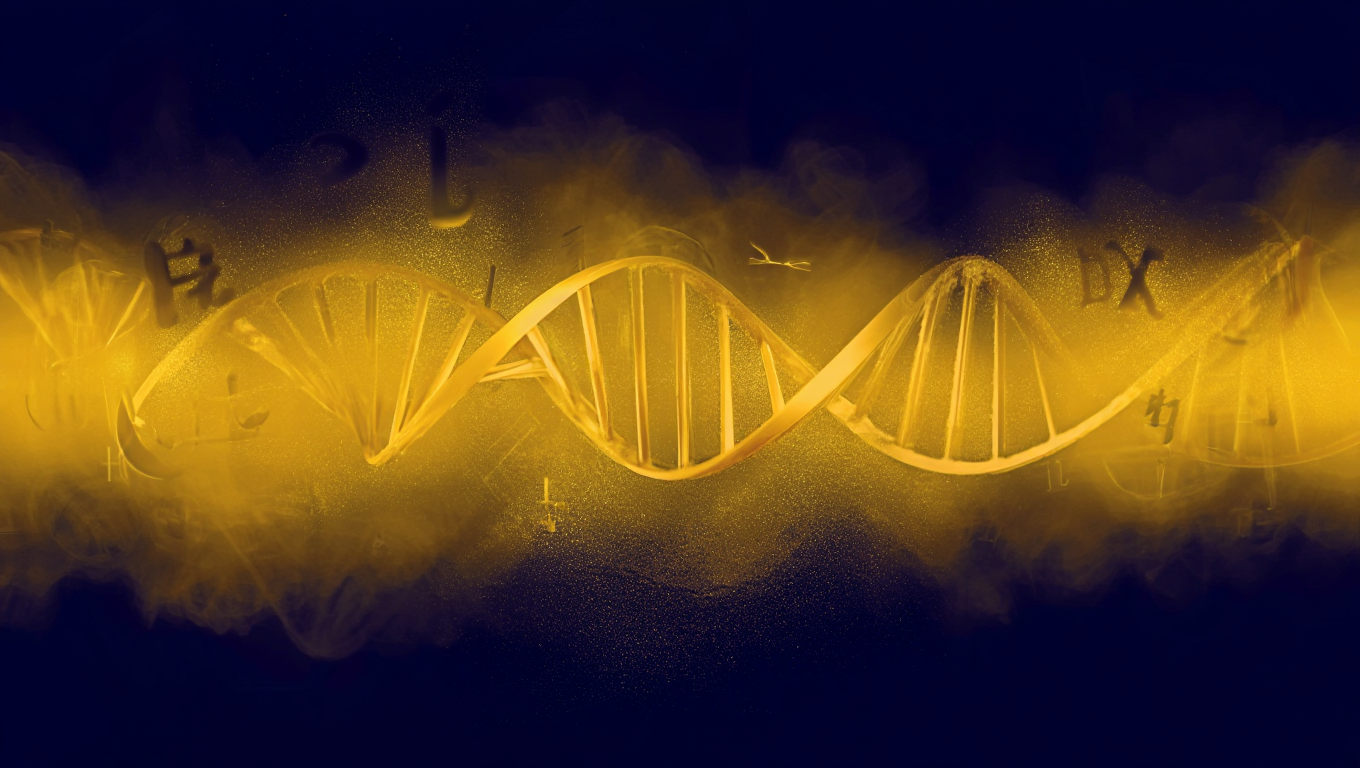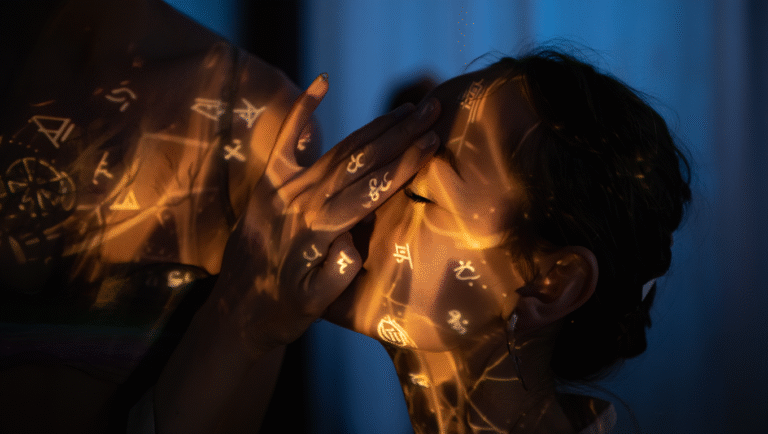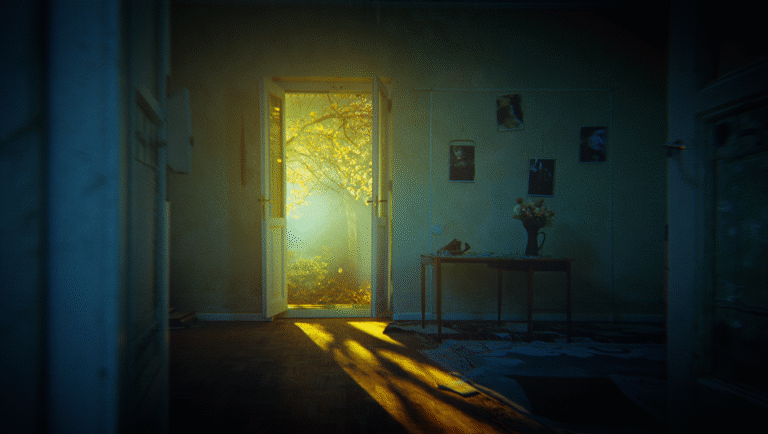Introduction to Human Design
You might have heard about Human Design from a friend, on TikTok, or while doomscrolling through personality quizzes. But what *is* it, exactly? And do you need a background in quantum physics to understand your chart? (Spoiler: absolutely not.) If you’re a modern professional looking for a science-friendly, practical guide to Human Design—without the “guru” lingo or vague promises—this one’s for you.
What Is Human Design? No Fluff, Just the Basics
Human Design is a self-discovery system created in 1987 by Ra Uru Hu (born Robert Alan Krakower, a very normal-sounding Canadian). The system blends elements from four sources:
- Astrology (your birth time and place matter)
- I Ching (hexagrams, but you don’t need to memorize them!)
- Kabbalah (Tree of Life structure—again, no study guide required)
- Chakras (energy centers, updated from 7 to 9 in this system)
Long story short: Human Design gives you a “Bodygraph”—a map of your energy based on your birth data. It claims to show how you’re wired to interact with the world, make decisions, and use your energy.
“Human Design won’t magically fix your life—but it can help you understand your strengths, patterns, and needs. Think of it as a user manual for your personality.”
Key Human Design Types: Which One Are You?
Your “Type” is the foundation of your chart. There are four main Types (plus a rare hybrid, Manifesting Generator, which is a subtype of Generator). Here’s a quick breakdown:
| Name | Key Feature | How Common? | Best Decision-Making Style |
|---|---|---|---|
| Generator | Sustainable energy, doers, builders | ~70% | Respond to what excites you |
| Projector | Guides, coaches, see others deeply | ~20% | Wait for invitation/recognition |
| Manifestor | Initiators, trailblazers, independent | ~9% | Inform others & act |
| Reflector | Mirrors, highly sensitive, rare | ~1% | Wait a lunar cycle for clarity |
How to Find Your Human Design Chart (in Under 3 Minutes)
You only need three things:
- Birth date (day, month, year)
- Birth time (as exact as possible—ask your parents, check your certificate, or estimate if needed)
- Birth place (city/town, country)
Use a free chart tool—no need to pay or sign up for emails right away:
- mybodygraph.com (official, ad-free)
- Jovian Archive (the founder’s original site)
- Human Design Tools (simple, visual charts)
15-Minute Human Design Starter Checklist
Ready to give it a try? Here’s how to get started—no jargon, no overwhelm.
- Get your chart (see links above; takes about 2 minutes).
- Note your Type (Generator, Projector, Manifestor, Reflector, or Manifesting Generator).
- Read your “Strategy” and “Authority”. This tells you how you’re designed to make decisions. Most sites will highlight these in your results.
- Skim your energy centers (the nine shapes on the chart). Colored = defined (consistent energy), white = open (more variable).
- Write down 1–2 “aha!” moments: Where do you already see these patterns in your life?
- Resist the rabbit hole (for now). There’s a *lot* more to learn, but focus on your Type, Strategy, and Authority for the first week.
Example: Sarah, a Project Manager
Sarah, age 35, works in tech, and is always feeling drained. She gets her Human Design chart and finds out she’s a Projector. Suddenly, it makes sense—she’s not meant to work 10-hour days like her Generator colleagues. She learns it’s okay to rest and wait for recognition, rather than hustling for every opportunity. This perspective shift helps her delegate more, improve her boundaries, and even sleep better.
Human Design Types: Quick Comparison Table
| Name | Strengths | Watch out for… | Who It’s Best For |
|---|---|---|---|
| Generator | Consistent energy, loves mastering skills | Burnout if saying yes to wrong things | People who like routine and “flow” work |
| Projector | Deep insight, great at guiding others | Overworking, bitterness if unrecognized | Coaches, consultants, leaders |
| Manifestor | Initiates new projects, independent | Pushback from others, anger if blocked | Entrepreneurs, creators |
| Reflector | Super intuitive, mirrors environment | Overwhelm, lack of clarity | People who are sensitive, need variety |
Human Design Books & Tools for Beginners
- Book: The Definitive Book of Human Design — A comprehensive, but readable, intro. Pros: Clear explanations. Cons: A bit dense for total beginners.
- Book: Human Design: Discover the Person You Were Born to Be — More approachable, practical exercises. Pros: Friendly tone. Cons: Less detail.
- Deck: Human Design Cards — Great for quick reminders and learning on the go. Pros: Visual, hands-on. Cons: Best with a book or website for context.
- App: My Human Design App — Daily insights, chart reading, reminders (iOS & Android). Free & paid versions.
Pro Tip: Don’t DIY Your Life Decisions
Human Design is a helpful self-reflection tool, not a substitute for therapy, coaching, or professional advice. If something feels off, talk to a qualified human (not just your chart).
Want to Go Deeper? Try These Next Steps
- Read about your Profile (the two numbers next to your Type—e.g., 3/5, 2/4, etc.) for even more insight.
- Join a free intro webinar (search “Human Design for Beginners” on Eventbrite or YouTube).
- Test a printable chart or journal: Human Design Chart Printables on Etsy
Bottom line: You don’t need to “believe” in Human Design—use what resonates, skip what doesn’t. The goal is practical self-understanding, not a new identity.
Some links in this post may be affiliate. You pay the same price, but I may earn a small commission to support this site.







